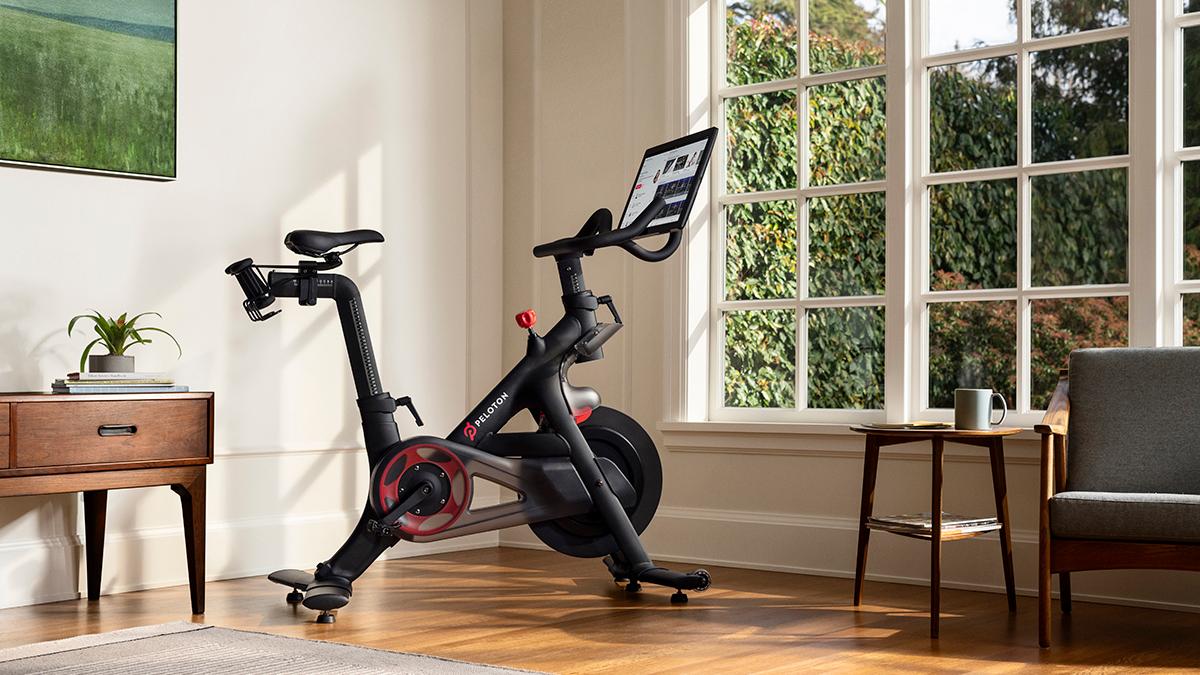
When investors look at companies, one of the things we try to understand is whether the company can build a moat. In tech, a moat is a conscious business design choice that allows a company to develop and maintain a sustained competitive advantage over other players in the space.
Economies of scale and network effects are two of the best-known moats. But there are others—like deep tech, etc. Today, I want to propose a new moat: hardware. I’m talking about products like Peloton, where the hardware is central to having the full experience.
In the wellness space, software solves real problems, and the app ecosystem in these spaces is thriving. These apps help with things like meditation, period tracking, sleep tracking, and exercise of all kinds. But in a crowded market like that, investors ask, “How does a company win?”
Now, when you have “just” apps in these spaces, with no connected hardware, they are fungible. To move from one app to another, you just… click. If you have paid an annual subscription, you might wait until it expires, or you might just eat the cost and try a new app regardless. With these apps, there may be UI differences or instructor differences, but the experience is largely similar. The customer choice is being made based off of relatively small differences.
As my colleagues and I have written, in a software-only space where differences are minimal, a product-led community can be a great moat. Another moat could be sales to enterprises, where a company buys the app/service as a benefit for employees. If you lock up as many companies as possible, very quickly, the employees of those companies become your customers. But this kind of lockup, while valuable, may not be driven by passion or love for the product.
So, a moat that could be longer lasting is hardware. Yes, hardware often scares VCs, because it can be complicated. You need to create processes around mailing things out, dealing with returns, production challenges, and more. There seems to be an endless list of issues.
However, hardware has changed over the past few years, becoming easier to manage than it was 10 years ago. A whole ecosystem of companies has emerged to support hardware companies with many of the logistical issues. And engineers, product people, designers, and marketers who have built and shipped multiple versions of good consumer hardware are available in the market.
In a crowded software market, hardware can be your moat.
The most successful of these companies is Peloton. If you buy a bike (or presumably a Tread), to just get your hardware to turn on, you have to pay Peloton $39 a month for a subscription. And while your parents’ generation ended up using exercise equipment mainly as a clothes horse, these new devices are a joy. They are well-designed, they are connected, they often have community elements, and they have a rich user experience that’s compelling and powerful. So, sure, much like your parents, you could turn your Peloton into a dumping ground for your shorts and t-shirts, but once you’ve bought a device that costs several thousand dollars, the additional monthly pinch of $39 is likely making sure that you are using the device. Their numbers back this up: their S1 claims 95% 12-month retention for those who buy their hardware. Even if it is a bit lower, like some analysts debate, it’s still incredibly strong. Also, just yesterday, agreeing with this point of view, Lululemon bought Mirror, a connected hardware exercise mirror, for $500M.

It is even better when the hardware gives you unique data. For example, our portfolio company Core provides your Heart Rate, your HRV, your minutes of calm, and your minutes of focus for each session. Because you are holding a device that vibrates to give you a point of focus, and that same device gives you all this data, once you’ve bought a Core, you’re unlikely to want to use anything else to meditate. Same goes for Peloton.
In addition, unlike another apps on your phone, which are all behind the black glass screen, hardware is visible. You can see your Peloton bike in your house, your Core trainer on your desk or bedside table. And by being visible, and by being well-designed, they beckon to you to use them and experience the tactile, live user experience with them. They exist in the real world.
These are still the early days of connected hardware, but between the physical presence, the cost paid to acquire the device (which could be a proxy of customer commitment), the tactile experience, and the data generated, these devices can serve as a moat in crowded software markets. Over the next few years, companies will evolve their model and create fantastic new experiences for consumers. Both as a user and as an investor, I am excited to see where this world goes, and I’m excited to use these beautifully designed products and apps to achieve my goals.